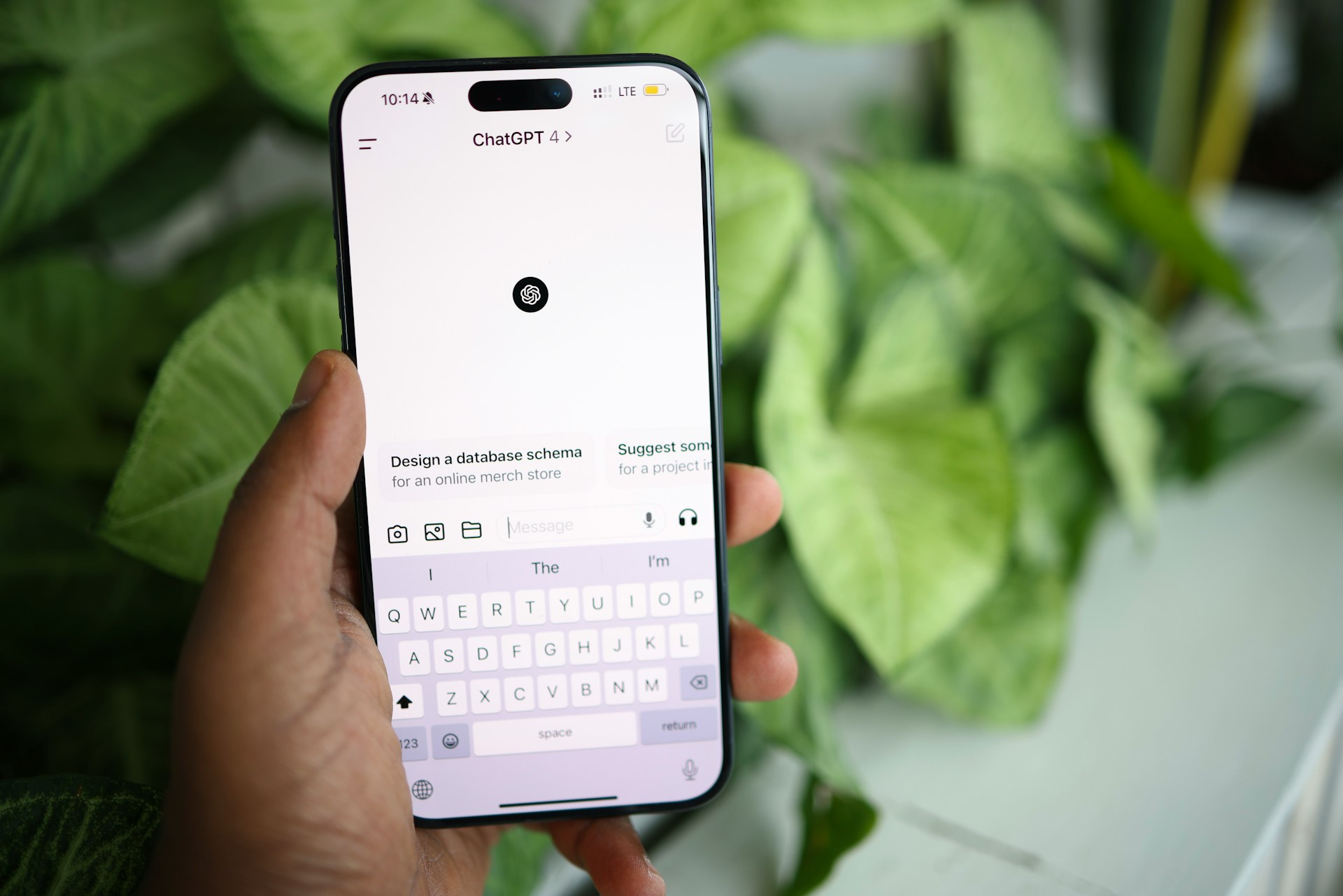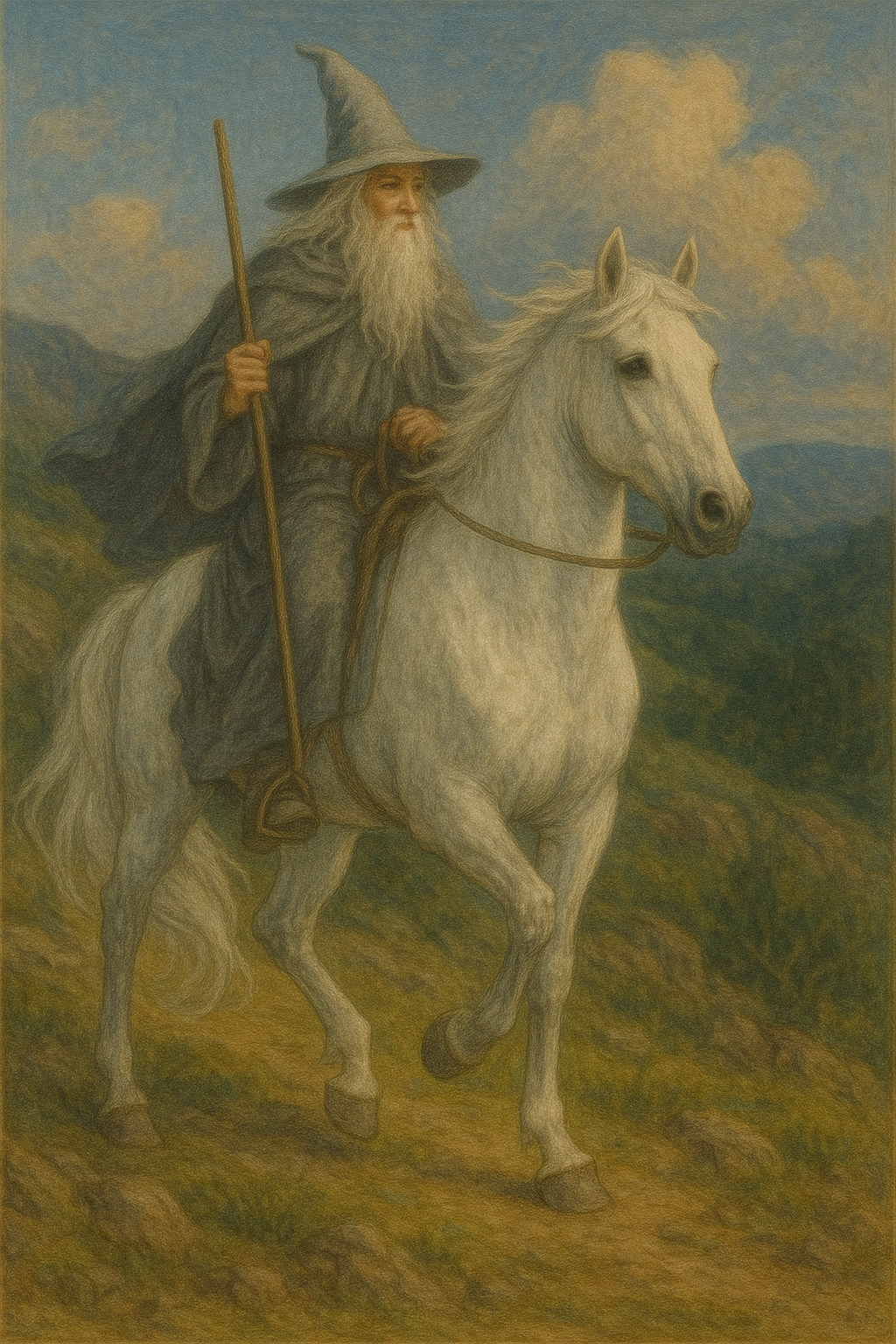Good Uses of ChatGPT

Large Language Models (LLMs) like ChatGPT have generated considerable buzz over the past year, reshaping conversations around artificial intelligence (AI), its role in daily life, and the ethical questions it raises. As with any transformative technology, LLMs have their supporters and critics—each side presenting valid perspectives. Concerns from skeptics range from the misuse of training data to potential political influence.
That said, in this blog post, I want to highlight some of the practical benefits I’ve found in using LLMs—both in everyday situations and professional contexts. This list will continue to grow as I explore their capabilities further. My goal is not to dismiss valid concerns, but to reduce fear-driven narratives and offer a grounded view of how these tools can be used thoughtfully and reliably.
I don’t take a hard stance for or against any specific technology. I believe that any tool can be used for good or ill—it all depends on how it’s applied. That’s why I prefer to focus on promoting constructive and beneficial use cases, in the hope that they outweigh the potential downsides. Since my experience is primarily with ChatGPT and its related tools like DALL·E, the examples I share will reflect that.
Coding
Using Large Language Models (LLMs) to write code has been the most valuable application for me professionally. As a computational biologist, coding—primarily in R—is a core part of my daily work. I also regularly use other languages like Python and Perl. I rely on ChatGPT not just to help write code for tasks I can clearly articulate, but also to translate code between languages and streamline my workflow.
While programming is an essential skill in my field, the sheer breadth of modern programming languages, libraries, and tools makes it unrealistic to remember every command or function. I usually know what needs to be done algorithmically or logically, but recalling syntax or the exact function name can be time-consuming. That’s where ChatGPT excels—it has been trained on an extensive corpus of programming books, documentation, manuals, blog posts, and Stack Overflow threads. It can draw from this vast pool of knowledge in ways that would take a human hours, if not days, to replicate manually.
That said, while I’m a strong advocate for using LLMs in professional coding environments, I don’t believe they should replace traditional methods in educational settings. Programming courses in schools and colleges should continue emphasizing foundational skills—writing algorithms in plain language, sketching flowcharts, and drafting pseudocode by hand. Students must first learn to think logically, understand control flow, and debug errors before they can effectively leverage AI-based coding tools. LLMs, while often helpful, are still prone to mistakes, and without a solid grasp of the basics, it’s difficult to spot or correct those errors.
In my own workflow, ChatGPT doesn’t just generate code—it helps me structure problems into smaller, manageable modules. By articulating my goals clearly to ChatGPT, I’m often forced to think more critically about the problem, which ultimately leads to faster and more accurate solutions. This iterative process has significantly improved both my efficiency and the quality of my work.
Editing
I enjoy writing blog posts, but since English is my second language, I sometimes struggle with grammar and sentence structure—even though I’ve studied in English-medium schools throughout my life. To help with this, I use Grammarly for inline grammar corrections. I also often turn to ChatGPT to edit my drafts, including this one. This allows me to focus on organizing my thoughts and expressing what I want to say without getting bogged down by grammar concerns.
Once I’ve laid out everything I want to communicate in the right order, I use ChatGPT to refine the grammar and improve the overall flow of the post—without changing the message I intend to convey. It also helps make my writing more concise, as I often tend to use more words than necessary.
One potential downside to this approach is that it can dilute an author’s unique voice by generalizing the language based on its training data. That said, I personally prioritize clarity over stylistic flair—especially in informative writing. In my view, conveying the message accurately is more important than maintaining a distinct writing style, which may matter more in creative or literary contexts.
Vacation Planning
Using ChatGPT to help plan a vacation is a use case that’s likely relevant to a much broader audience than the professional examples I mentioned earlier. My friend and I have both used it to plan camping trips and beach vacations, and it’s proven to be surprisingly helpful.
For a camping trip last April, my friend asked ChatGPT to suggest a two-night meal plan that required minimal preparation, could feed two adults and three kids, and used ingredients available at Walmart. ChatGPT responded with a structured menu for breakfast, lunch, and dinner—complete with recipes and a shopping list tailored to Walmart. My friend cross-checked the items on Walmart’s website, placed an order for delivery, and everything worked out seamlessly. We had plenty of food, and none of the meals required elaborate prep, just as requested.
For an upcoming summer beach vacation, I asked ChatGPT which days during our planned travel week would be ideal to visit our destination. Based on its suggestions, I searched for hotels on Expedia and Booking.com and shortlisted three options within my budget. Then, I asked ChatGPT to help pick the best one for a family of four with two young kids, factoring in budget, comfort, and proximity to local attractions. It chose one and gave a solid explanation for its choice. Finally, I asked which of my two credit cards would offer the best benefits for booking the stay—whether through cashback or travel-related perks—and it answered that too.
Now, it’s worth noting that ChatGPT will always give you an answer—and it will usually sound confident, complete with logical reasoning. But how useful or accurate those recommendations are depends on the availability of relevant training data and how well you frame your questions. In my case, since I was asking about a popular destination and using well-known credit cards, I felt reasonably confident that ChatGPT was drawing from a good pool of information.
That said, these tools aren’t foolproof, and it’s important to apply your own judgment and verify critical information. For things like flight bookings or visa requirements, it’s always best to consult official websites or customer support directly. But when it comes to choosing a hotel or deciding which credit card to use for a booking, I think letting ChatGPT assist is perfectly fine—the worst-case scenario is that you earn slightly fewer points. In return, you reduce the stress that often comes with planning a trip.
Find Places for Outdoor Activities
I’m an outdoor enthusiast, and even though there’s a vast amount of information available online about places to hike, camp, or kayak, it’s often hard to quickly find what I need in the moment. I regularly use ChatGPT to get suggestions for water bodies in Maryland where I can go stand-up paddleboarding (SUP). Most of my outings are spontaneous weekend trips, often decided on a Saturday morning with little time to plan. While I do spend more time preparing for longer adventures, for quick getaways, I often rely on ChatGPT to recommend nearby spots on short notice.
Preparing Exercise Plans
I recently restarted my gym routine after a long break. I signed up for a Planet Fitness near my home and began with a couple of weeks of basic stretching, full-body workouts, and cardio to ease back into the habit. Once I got comfortable being back at the gym, I decided to follow a more structured plan focused on specific muscle groups.
I go to the gym Monday through Friday from 6:15 to 7:00 a.m., and realistically get about 20 to 30 minutes of actual workout time before finishing with either a massage chair, hydro massage bed, or red light therapy for post-workout relaxation and recovery. I generally find the gym a bit boring, so including some kind of massage at the end gives me something to look forward to each morning.
To help structure my workouts, I asked ChatGPT to create a five-day exercise plan targeting chest, shoulders, and back; core and abs; lower body; biceps and triceps; and cardio. I also specified that the plan should only include machines typically found at Planet Fitness, avoiding free weights (I tend to injure myself using those). The schedule ChatGPT gave me seemed reasonable and well-aligned with my previous gym experience.
Summarizing and Querying Policy Documents
Another useful application of ChatGPT is asking questions related to product or service policies, warranty, and FAQs. Since these types of documents are typically available in the public domain, it’s likely that LLMs have been trained on a wide range of them. This makes it much easier to ask ChatGPT a policy-related question than to search for the original document on a company’s website—especially when those documents are buried deep in menus or are so lengthy that skimming through them becomes time-consuming.
Of course, if the information you’re seeking is mission-critical, you should always verify it through the official policy documents or by contacting customer service. However, for most everyday questions, ChatGPT’s responses are usually good enough to give you a ballpark understanding of what to expect.
Visualizing What You Read
I’ve been reading The Lord of the Rings trilogy, and in one passage, it mentioned that the characters rested in a “dell” in the woods. I couldn’t quite visualize the scene because I didn’t know what a “dell” was. Even after looking it up in the dictionary—“a small wooded hollow”—the definition still felt a bit vague. So I asked ChatGPT to draw it for me: “Draw a dell which means a small wooded hollow.” The image it generated really helped me picture the scene, and I thought—what a cool use of ChatGPT! It can bring your reading to life by helping you visualize unfamiliar places or descriptions.

Here is the link to the chat: https://chatgpt.com/s/t_68824d3eaba48191bd0792ea5efeac85
For fun I also asked it to generate pictures of Shadowfax, the horse mentioned in The Two Towers (Book 3, Chapter 2 or 3 – “The Riders of Rohan”) “That is Shadowfax. He is the chief of the Mearas, lords of horses, and not even Théoden, King of Rohan, has ever looked on a better. Does he not shine like silver, and run as swiftly as a swift stream?”


More to Come …
These are some of the use cases I’ve personally found most helpful, and I’ll continue adding to this list as I discover more that are broadly useful. In the meantime, here’s a list of practical use cases suggested by ChatGPT—many of which I haven’t tried myself yet: https://chatgpt.com/s/t_68824068a8108191aabed375b66cfb0d
Feel free to write to me at rohit@rohitfarmer.com